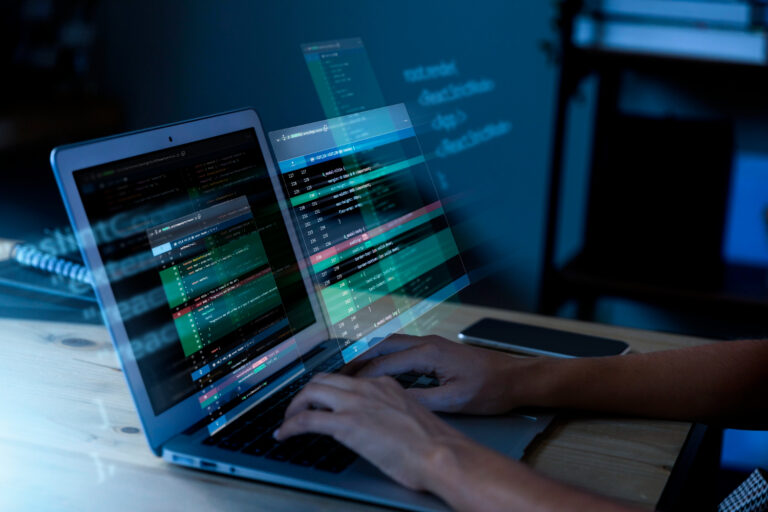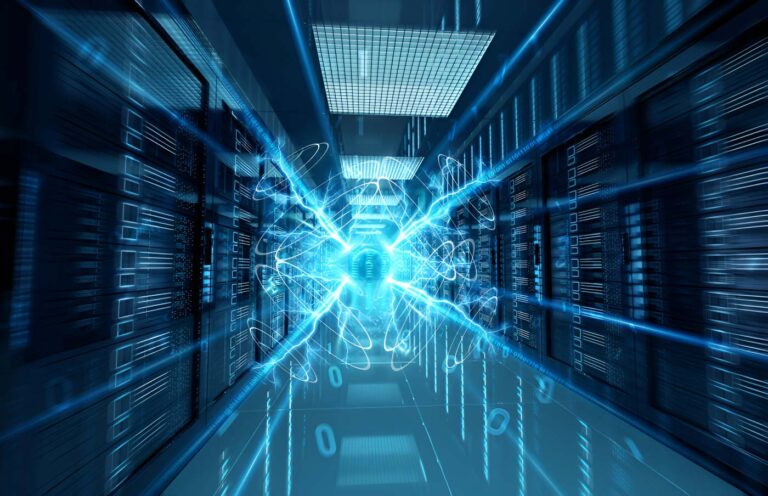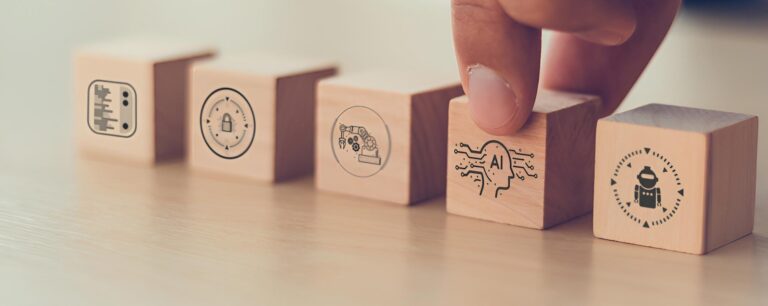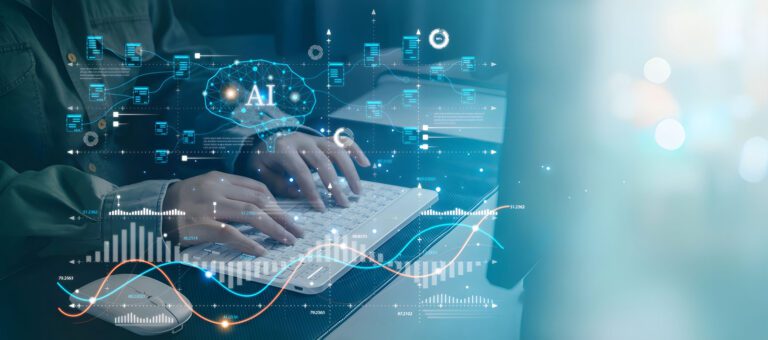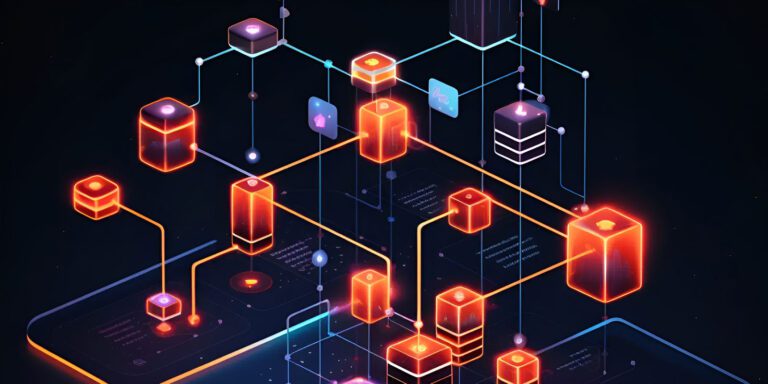Cybersecurity Trends to Watch Out For in 2023
The exponential technology boom has resulted in a fierce battle between hackers and cybersecurity experts. Constant advancements in technology are further intensifying cyber threats and making them more vulnerable. Meanwhile, tech-savvy criminals are becoming more sophisticated at hacking into compromised networks and sensitive data. Consequently, new risks appear daily, and existing threats continue to evolve at an unprecedented rate.
There was also a paradigm shift in the culture of work throughout many organizations in terms of developing IT infrastructure. This created more opportunities for cybercriminals to barge into systems and cause more headaches associated with cybersecurity. As digital technologies and systems continue to grow, cybersecurity will be a priority for both businesses and individuals in 2023.
Here’re the key trends anticipated in 2023
Evolution of the Ransomware Ecosystem
Ransomware attacks were common in 2021 and 2022 as people began to work from home, making it easier for hackers to access data. Data from the CISA 2022 global report shows that organizations paid a ransom of an average of $1.2 million to save their data.
Hackers primarily targeted data centers and IT sectors in 2022. The trend is predicted to continue with hackers shifting their attention to hospitals and government agencies. Moreover, many people are asking for money using cryptocurrencies to maintain their anonymity. Despite cybersecurity professionals’ best efforts, ransomware attacks will soon be developed in innovative and new programming languages.
CISA 2022 Global Report
Rise Of Cyber Threats in Small Businesses and Startups
Security is vital for any business, no matter how big or small. Data breaches and cyberattacks are more likely to occur in startups because they have fewer experienced professionals, smaller budgets, little security awareness, old security measures, and are unable to secure endpoints.
Knowing the weak points of small organizations, cybercriminals are finding it easy to target these organizations and growing at an unprecedented rate. With this, the priorities for these organizations will shift to investing in security measures to cut down any latency. This will also prove to be significant in earning the trust of customers, regulators, and auditors by protecting them from malware or any breach.
Statista
Upsurge in Mobile Device-Related Risks
Our mobile phones are always within reach, but how many of us understand the risks associated with them? Mobile-based security threats are rising: Mobile devices now account for more than 60 percent of all digital fraud, ranging from phishing attacks to stolen passwords. With the increased prevalence of mobile-based threats, it is essential to take the proper steps to protect the information and data stored on our devices. Some of the biggest threats posed by mobile phones include Data Leaks, access to Open wi-fi, Phishing Attacks, Spyware, Malicious Apps, Apps with weak Security, Poor Password Security, and Identity Theft.
Work-From-Home Cybersecurity Becomes a Priority for Businesses
Since the start of the pandemic, many organizations have placed a priority on securing their millions of devices being used for home and remote work. In the pre-pandemic era, when most of us worked in offices, it was easy for security agents, probably in IT departments, to update company laptops and phones regularly. It was relatively easy to guarantee that their anti-virus software was up-to-date and free of spyware and malware. A new set of challenges will emerge in 2023, as workers use personal devices to connect remotely to work networks more than ever before.
Non-secure devices can unwittingly expose employees to phishing attacks where attackers attempt to trick users into divulging passwords. In a remote world, it’s increasingly likely that we’ll end up working in teams where we’re unfamiliar with each other and vulnerable to impersonation scams. Ransomware attacks are also possible, as software is injected into networks that encrypt data until a ransom is paid to the attackers. These risks increase in remote working situations, where devices may be left unattended.
Artificial Intelligence Potentials
AI is being implemented across industries along with machine learning, resulting in major gains in cybersecurity. AI helps to identify where the most dangerous cyberattacks will take place next. The combined use of AI and Machine Learning algorithms can analyze a vast amount of data in real-time. This makes it far more effective than humans at identifying threat patterns.
But hackers and cybercriminals are becoming proficient in the use of AI too. A number of AI algorithms are used to identify networks with weak security and likely to contain valuable data on the other hand, the technology can also be utilized to create large numbers of personalized phishing emails that trick recipients. Thus, AI can be viewed as a competition between hackers and cybersecurity professionals who try to ensure that the new algorithms work for them rather than against them.
IoT on a 5G Network
The arrival and proliferation of 5G networks (IoT) will usher in a new era of interconnection. As a result, they are vulnerable to outside influences, attacks, or undetected software defects. Chrome, the world’s most popular browser, and a Google product have also been found to have serious issues. As a relatively new technology, 5G architecture needs extensive research to identify security flaws and make the system resistant to external attacks. Every level of the 5G network may reveal a plethora of network attacks we are completely unaware of. It is imperative that manufacturers take extreme care when creating 5G hardware and software to prevent data breaches.
The cybersecurity landscape is constantly evolving, making organizations reevaluate their security strategy and compete with the cyber threat landscape. With a limited budget, hiring a costly security consultant doesn’t seem like a viable option for your security solution. But organizations can rely on SPC NXT to do all the work for them in a single platform for their peace of mind. Monitor compliance in real-time, automated assessments, and crosswalk against multiple standards and frameworks with SPC NXT.
Frequently Asked Questions (FAQ)
1. What are the 5 types of cybersecurity?
Cybersecurity may be divided into five categories: –
- Security of critical infrastructure.
- The safety of the application.
- Network safety is important.
- Cloud safety.
- Security for the Internet of Things (IoT).
2. What are the three top trends in cyber security?
Trending cybersecurity topics are:
- The Rise of Automotive Hacking.
- Artificial Intelligence’s (AI) Potential.
- The Mobile Device is the New Target.
3. What are the biggest cybersecurity threats right now in 2023?
The biggest cybersecurity threats in 2023 are:
- Cyber hygiene is abysmal.
- Vulnerabilities in the Cloud.
- Vulnerabilities in Mobile Devices.
- The Internet of Things (IoT) is a word that refers to a network of connected devices.
- Data management is lacking.
- Post-Attack Procedures Are Inadequate.
- Keeping track of everything.
4. What are the important trends in cybercrime?
Malware and ransomware will continue to be a threat in the digital world. Cyberattacks to steal passwords, personal data, and money are expected to skyrocket in 2020. Schemes and brand impersonations account for 88 percent of these attacks, like the COVID-related scams we discussed.
5. What is the #1 cybersecurity threat today?
Employee Training Deficit
Phishing assaults are the most prevalent cyber security hazard that employees fall for.
6. What are the latest advancements in cybersecurity?
Machine Learning and Artificial Intelligence
Artificial intelligence (AI) and machine learning have made significant contributions to the progress of cyber security. By modeling network activity and enhancing overall threat detection, machine learning is being used to identify harmful conduct by hackers.
7. What are the latest trends in cyber security?
Upsurge in Mobile Device-Related Risks
According to cybersecurity trends, mobile banking malware or assaults are on the rise (by 50%), making our portable devices a target for hackers. All our photographs, financial transactions, emails, and interactions put people in danger.
8. What are the emerging trends in cyber security?
In 2023, the following are the top cybersecurity trends to keep an eye on.
- The Rise of Automotive Hacking.
- Artificial Intelligence’s (AI) Potential.
- The New Target – Mobile Device.
- The Cloud May Be Vulnerable As Well.
- Data Breach: A high-priority target.
- The Internet of Things on a 5G Network: Technology and Risks in a New Era
- Integration and automation.
9. What are the 5 types of cyber risks?
Here are the top five cyber hazards you should be aware of right now: –
- Ransomware
- Phishing
- Data breaches
- Hacking
- Human Error
10. What will the future of cyber security be like?
AI and machine learning have resulted in major gains in cybersecurity, with AI being applied across all market sectors. AI has played a crucial role in the development of automated security systems, natural language processing, face recognition, and autonomous threat detection.

